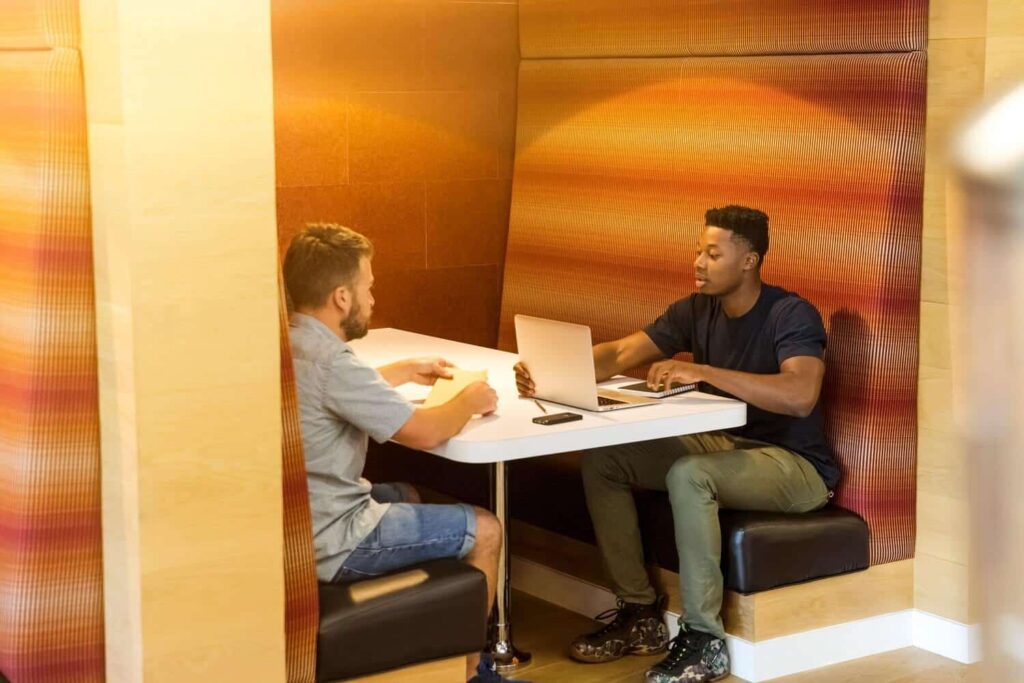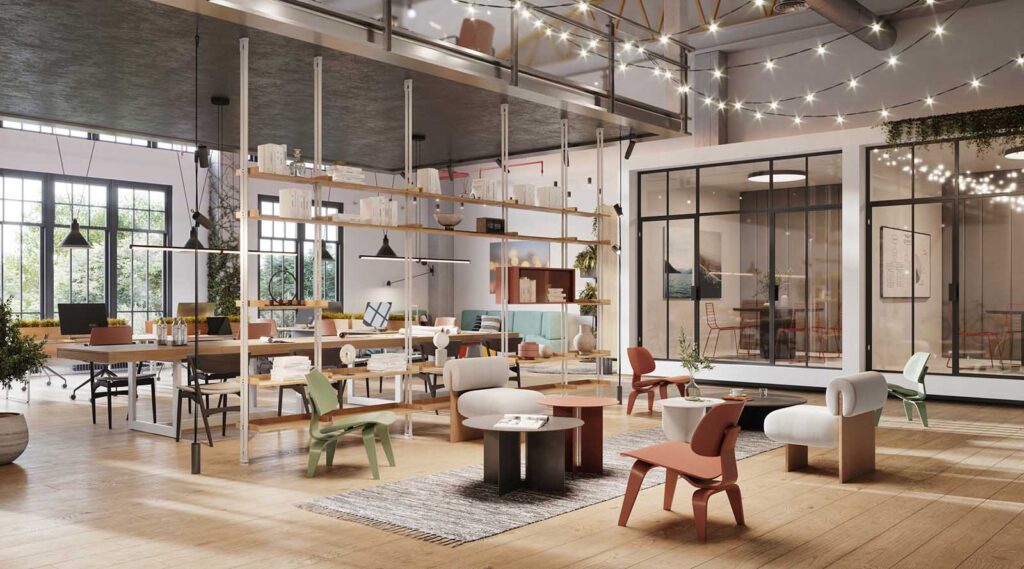Office facility management: How facilities teams can influence office design


What do office facility management teams and facilities managers have to do with workplace design?
These days, a lot… the role of a facility manager has changed over the years, with the primary responsibility being to maintain workplace efficiency through maintenance. This role has evolved into one that has additional responsibilities like property management, in-house technology implementation, and even workplace design.
In this post, we’re taking a look at the areas where facilities management can influence design, which leads to a better work environment for all.
How has office facility management and the role of a facility manager changed over the years?
Workplace technology has evolved over the years, and as a result, so has facilities management. The role of a facilities manager now includes responsibilities that go beyond building management.
This new type of office facility management involves working closely with departments like information technology (IT) and human resources (HR) to make more informed decisions about building operations, company culture, and the overall workplace environment.
Also, with this evolved role, facilities managers have access to data—both historical and real-time—which makes tracking metrics and setting benchmarks easier than before. This information enables facilities managers to look for new ways to save energy, cut costs, and optimize the workplace in other ways as well. These changes mean facilities management is also closely related to company culture elements, including office design and aesthetic.
Let’s take a look at the different design components facilities managers have influence over and how that influence impacts the workplace.

Desk booking solutions
The flexibility to work wherever—and sometimes whenever—employees are most productive has quickly become a workplace norm. Desk booking software is an excellent tool to accommodate this shift.
Hot desking and hoteling fall under the desk booking umbrella, and though they are similar, the differences are worth noting. Hot desking is when employees “check in” to an unoccupied desk on a first come, first served basis instead of sitting at the same one every day. Hoteling, on the other hand, allows employees to book a desk in advance through a system like OfficeSpace Software before they can use it.
However, to tailor to this type of working environment, some design changes need to be made. Without assigned desks, the office layout may need to shift depending on the current furniture setup.
Also, because there are no assigned desks, office clutter is significantly reduced. Minimizing clutter can do wonders for productivity and the overall design of an office.
Desk booking software paves the way for new technology, like sensors, which provide additional occupancy data. With this technology, facilities managers can make better decisions in regards to the workplace and the technology that powers it.
Improved natural light
Who would have thought that the lighting of an office could have such a positive impact on the workplace?
A poll from the Harvard Business Review found that access to natural light and outdoor views are the number one attribute to an office. Not to mention, natural light outranked other office perks like fitness centers, building cafes, and even on-site childcare.
Because facilities managers are responsible for tracking environmental and sustainability metrics while cutting energy costs, there are a few solutions available for consideration. For example, adding windows in the construction phase can increase the office’s natural light, or using automatic blinds to maximize natural light will save money. If structural changes like bigger windows aren’t possible, it’s worth looking into different types of artificial lighting that resemble natural light, like LED bulbs.
The bottom line: natural light improves employee productivity, happiness, and performance, and also saves the company money due to a reduction in the need for so much building lighting.
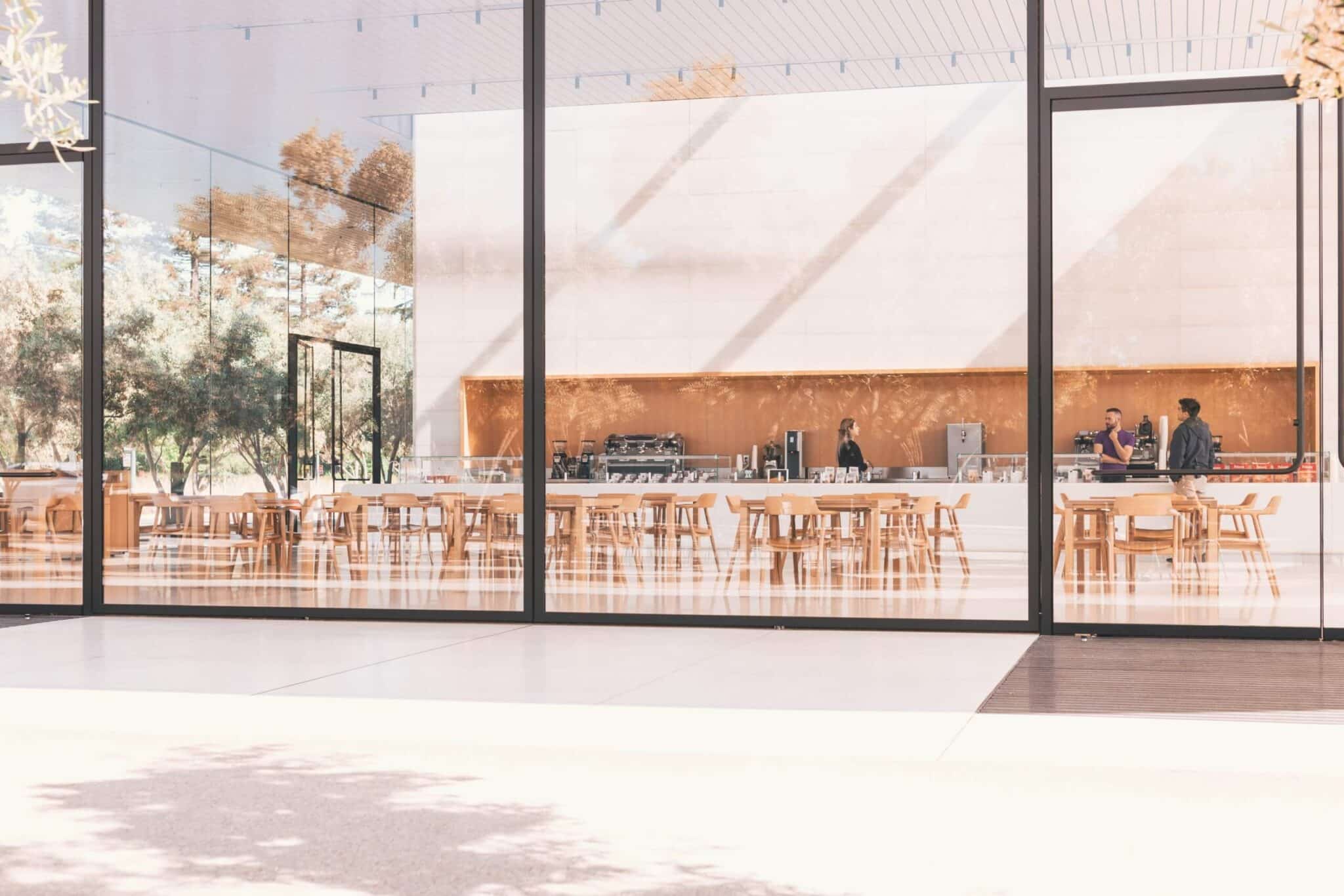
Biophilic design elements
This workplace design trend goes hand-in-hand with natural light. Biophilic design is a design concept rooted in bringing the natural outdoors inside. This type of design can include living walls, an office garden, various plants placed throughout the building, or greenspaces.
So, where do facilities managers come into play here? Facilities managers can make the case that adding biophilic elements to the workplace creates a better environment for employees and can reduce lighting costs.
This design concept has been said to have several benefits like improving employee moods and productivity, reducing stress levels, and increasing employee engagement. What’s more, a report from Human Spaces found that employees that work in offices with more greenery and natural elements are 15% more creative.
Acoustic solutions
From open collaboration spaces to quiet hot desking hubs, the acoustics of an office plays a vital role in maintaining the nature of those spaces.
According to a study from Udemy, 80% of respondents say that talkative coworkers are the most prominent workplace distraction, while 70% say that office noise takes the lead.
For facilities managers, this means providing solutions to control noise levels depending on the purpose of the space. This could mean adding sound-proof rooms or areas, changing up the layout of an office, or adding sound-absorbing furniture and acoustic panels.
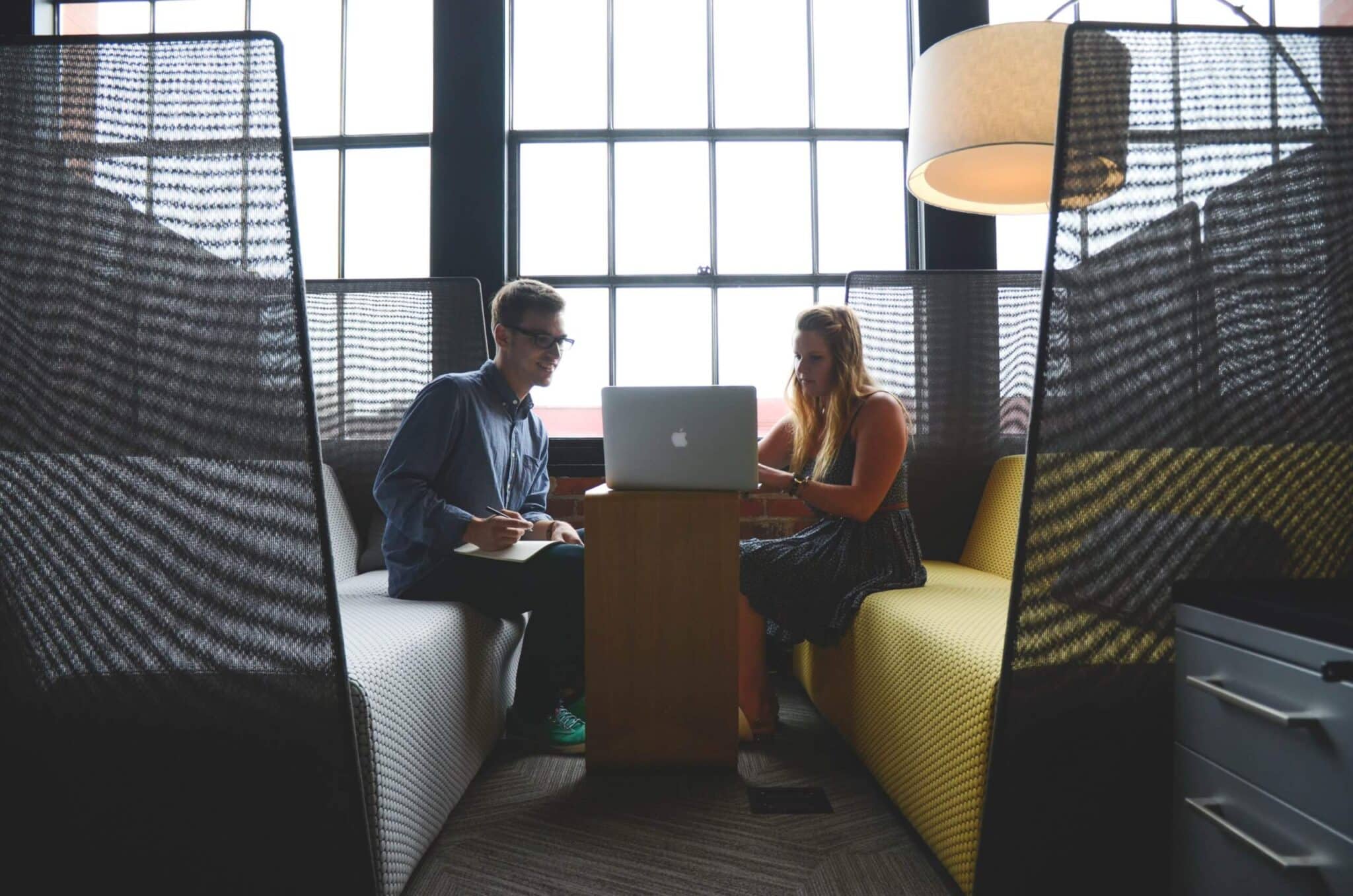
Collaborative furniture and spaces
Collaborative spaces have quickly become a hot trend in office design over the last few years, and for a good reason. More space to collaborate in an office means improved employee morale, creativity, and productivity.
According to a study from Gensler, companies that are considered to be innovative are five times more likely to have spaces that prioritize both individual and group work. In other words, companies that recognize employees have different workstyles and give them the means to be their most productive selves are successful in doing so.
Despite this, it’s crucial to find a balance between collaborative and independent work. Not having boundaries for “we” and “me” work areas can make open space offices feel overwhelming and harm productivity levels.
For facilities managers, this means building a work environment that makes both types of work easily accessible, which is also critical in fostering a positive employee experience. It’s about giving employees the resources and spaces they need to do their best work, and this is part of that equation.
Flexible furniture
Everyone knows—or at least has heard of—the health risks associated with sitting all day. In fact, the average person sits for about 12 hours per day, according to JustStand.org.
Unhealthy employees are unhappy employees. There’s a way facilities managers can promote a healthy lifestyle in the workplace through thoughtful design—adding flexible furniture to the office.
Standing desks, ergonomic chairs and keyboards, balance ball chairs, or perhaps even a treadmill desk are all great options to introduce to the office. With this furniture, employees can focus on their work while reducing some of the risks associated with being sedentary.

Efficient restroom design and functionality
One of the primary responsibilities for facilities managers is to ensure the office is running as efficiently as possible. That includes cutting costs wherever necessary—even for spaces like office restrooms.
There are a few things facilities managers can do to make office restrooms more cost-effective and environmentally friendly while keeping the design aesthetic intact. Investing in energy-saving light bulbs, toilets and sinks with low-pressure water function, recycled toilet paper and paper towels, and automatic faucets are great eco-friendly solutions.
This can snowball into in restroom facilities that feature sustainable installations like cisterns to collect rainwater, low-flow toilets, water on demand, hand dryers instead of paper towels, and more.
Facilities managers can oversee the implementation of rain barrels or an outside water collection, which can be used in non-potable instances. For example, using rainwater to flush toilets or to water plants reduces excess water use and saves money.
New construction decisions
A significant component of a facility manager’s job is to make recommendations for big-impact decisions based on data and current operations. They’re in a unique position to influence or provide input for things that will impact the office or company as a whole, including new construction.
If an office facility management team has input into new building additions, they can use spatial data to present their suggestions from an energy and cost savings approach. Several construction decisions can be made from that angle, which has an impact on design.
Collaborative and quiet workspaces can be built using renewable and eco-friendly materials while adhering to sound design principles.

Accessible, usable, and universal design
Design is an essential element when creating a workplace that is inclusive and accessible for all. Every company is different, but the facilities managers that are responsible for implementing accessible design into their workplaces must do so strategically.
To create an office that can be used by all, facilities managers must understand the different types of design—accessible, usable, and universal design.
Though they sound similar, there are distinct differences. Accessible design encompasses the properties of products, services, and facilities that are accessible to people with disabilities. Usable design focuses on products, services, or spaces that can be used for their full purpose. Lastly, universal design means that anyone, regardless of age, height, weight, or ability, can use a product or service to its fullest. All three types are vital to creating an environment fit for every employee.
Leading the charge in getting the right teams involved and being an advocate for this change is a critical part of a facility manager’s role.
Leveraging SPaaS
The way employees use and think about the workplace is changing, and they’re expecting more as a result. Coworking spaces with all the bells and whistles—cafes, fitness centers, shipping/packing centers, etc.—as well as the latest standard technological features have grown significantly in popularity over the last few years.
The challenge for facility managers is to figure out a way to incorporate these elements within their office.
This growing trend, otherwise known as Space As a Service (SPaaS), has influenced how employees view their offices. Whether it be technology for virtual working, an in-office cafe, or private desk booths, viewing office space as more than just a place to work in, but rather a place to develop your career, can make a difference for employee retention and happiness.
These design elements have a profound impact on employees in terms of how they perceive their employer and their individual role. Facilities managers can leverage these design trends to not only create an engaging workplace but to build a space that fosters a positive employee experience.
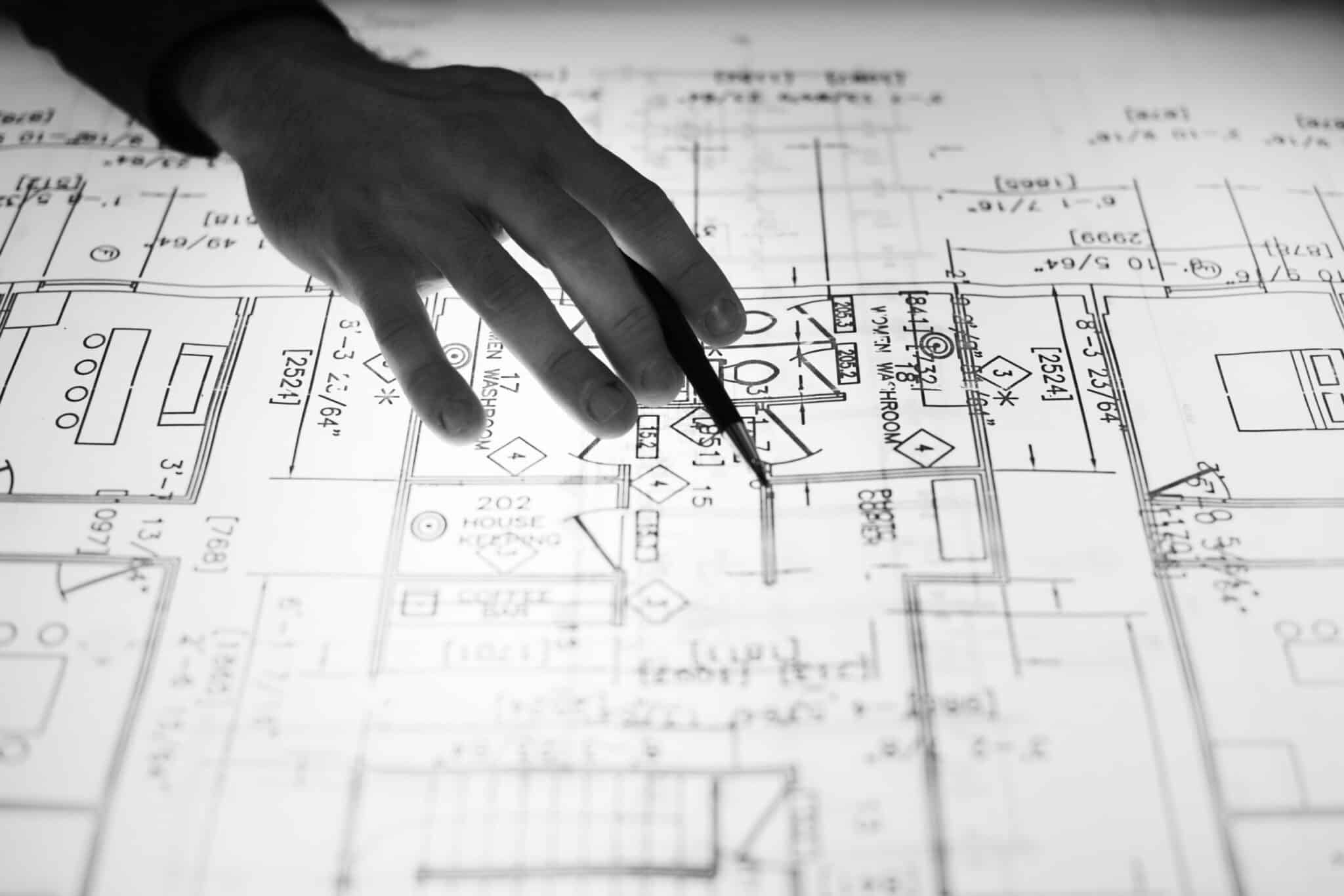
Design plays an essential role in the office of any company. It influences employee happiness and productivity, office and building efficiency, and more.
Office facility management teams and facilities managers are in a unique position to make strategic design decisions that lead to a better workplace. Gone are the days where facilities managers are only monitoring building operations. Today, they’re actively looking for ways to improve companies as a whole, from the physical building to what’s powering it.
OfficeSpace Software can help elevate your workspace management. Contact us today, and we’ll help you get started.
Photo Credits: Free-Photos, Pexels, Craig Adderley, Start-up Stock Photos, Pixabay, energepic, rawpixel

